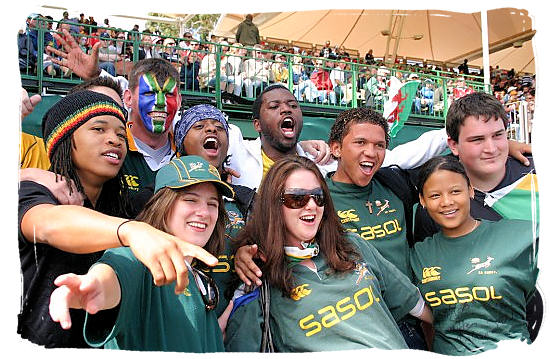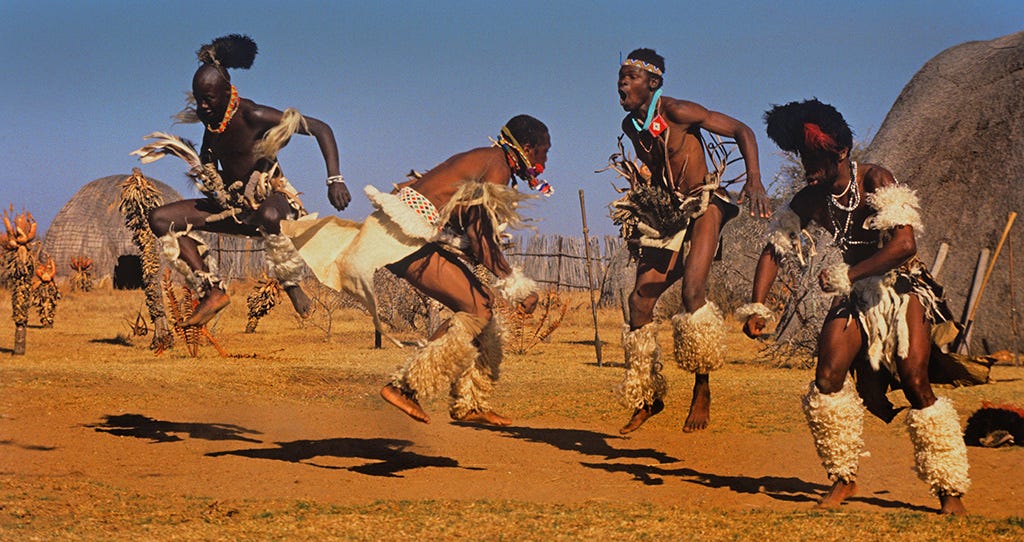Little Known Questions About South African Culture Today.
Table of ContentsNot known Facts About South African Culture TodayThe Buzz on South African Culture TodayThe 25-Second Trick For South African Culture TodayNot known Facts About South African Culture TodaySouth African Culture Today Fundamentals ExplainedSouth African Culture Today - Questions
This adheres to with vocal singing and drum pounding. The groom and bride after that consult with the senior citizens and chat concerning the importance of their union. A matter of importance in Zambian villages is the diing of loved ones. All members of the village put money, effort and time with each other for the interment of the deceased.During the grieving period; guys stay outside your house and the ladies remain inside your home of the deceased. After talking concerning the departed, the town strolls to the location of burial to claim their last bye-byes. Songs and dance is a very essential facet of the Zambian society. The numerous tribal units have their very own dance kinds; nonetheless, makishi prevails among all tribes.
The Buzz on South African Culture Today
When it comes to music, drums are utilized one of the most, with a range of drumming events. In Zambia, bulk of individuals are Christian; Protestant and Roman Catholic. There are tiny teams of Muslims and Hindus, with the remainder adhering to neighborhood indigenous tribal beliefs.

South African heritage and society is exceptionally diverse, and contains many various teams of people who each have their very own practices and beliefs. Having such a variety of people and societies is what makes South Africa so distinct. In truth sense of the expression, we are a rainbow country.
South Africa has around three hundred thousand Portuguese people living in it. Making it the 7th on the list of nations with one of the most Portuguese individuals in it outside of Portugal. Portuguese is not only a society, but it is additionally a language and a nationality. Portuguese individuals originate from the country of Portugal in Europe, nevertheless, due to Portugal (like lots of other nations in Europe) checking out the world and overcoming various other nations during the 15th 20th centuries, South Africa has what we call Portuguese South African's living in it.
The Ultimate Guide To South African Culture Today
Among the prominent attributes of the topography is a plateau that covers virtually two thirds of the center of the nation. The plateau facility climbs towards the southeast, where it climaxes in the Drakensberg range, part of an escarpment that divides the plateau from the coastal locations. The Drakensburg consists of Champagne Castle, the greatest optimal in the nation.
The area north of the Witwatersrand, called the bushveld, inclines downward from east to west towards the Limpopo River, which creates the international boundary. The western section of the plateau, the middleveld, likewise descends in the direction of the west and varies in altitude between the highveld and bushveld. In between the Drakensburg and the eastern and southern coast, the land descends to the sea.
Nearer the shore there is a low-lying plain called the eastern lowveld. Southwest of the plateau the country comes to be considerably a lot more dry, paving the way to the stony desert of the Great Karroo, verged on the eastern by the lower, better sprinkled plateau of the Little Karroo. Dividing the dry southerly interior from the sandy coastal of the southern coast and West Cape is an additional range, the Langeberg.
Some Known Incorrect Statements About South African Culture Today
The nation's racially, ethnically, and politically split history has actually created national and subnational icons that still function as icons of the country, and others symbols that are approved only by particular groups. The monuments to white settler conquest and political supremacy, such as the Afrikaner Voortrekker ("leader") Monument in Pretoria and the Rhodes Monolith honoring the British colonial empire builder and Cape head of state Cecil Rhodes, continue to be sectarian symbols.
The initial contemporary inhabitants were the San ("bushman") hunter-gatherers and the Khoi ("Hottentot") peoples, who rounded up animals (South African culture today). The San might have been present for thousands of years and left evidence of their visibility in hundreds of old cave paintings ("rock art"). Bantu-speaking clans that were the forefathers of the Nguni (today's amaZulu, amaXhosa, amaSwazi, and vaTsonga individuals) and Tswana-Sotho language teams (today's Batswana and Southern and Northern Basotho) moved down from eastern Africa as very early as the fifteenth century

Both previous republics of the Orange Free State and Transvaal (South African Republic) were established by Afrikaner inhabitants that beat and dispossessed the Basotho and Batswana. Lesotho would have been forcibly included into the Orange Free State without the extension of British security in 1869. The ultimate marriage of the country arised from the South African Battle (18991902) in between the British and both Afrikaner see here now republics, which minimized the nation to mess up at the beginning of the twentieth century.
Afrikaners traditionally considered themselves the only real South Africans and, while giving complete citizenship to all locals of European descent, rejected that standing to people of color till the democratic change of 1994. British South Africans keep a feeling of social and social link to Great Britain without compromising their identification as South Africans.
Some Known Incorrect Statements About South African Culture Today
The diversity and fragmentation within ethnic groupings and the equilibrium of tensions between those teams during the twentieth century protected against interethnic civil problem. While intergroup tensions over resources, privileges, and political supremacy stay, those disputes are as most likely to match Zulu against Zulu as Zulu against Xhosa or African against Afrikaner.
From colonial India, British merchants and administrators brought the curved metal decorative roofs and slender lace job pillars that still typify the verandas of cottages arounds and cities throughout the nation. Homes of prayer contribute an essential architectural element even in the smallest communities. In addition to the skyrocketing steeples and traditional stonework of Afrikaans Dutch Reformed churches, Anglican churches, synagogues, mosques, and Hindu shrines give selection to the spiritual architectural scene.

Slaughtering and the brewing of conventional grain beer are necessary in safeguarding the involvement and goodwill of the forefathers that are taken into consideration the guardians of excellent fortune, prosperity, and health. Indian areas maintain their native culinary practices and use them on Islamic and Hindu routine and ritualistic occasions. Afrikaners and Coloured individuals collect at weekends and unique occasions at multifamily bbqs called braais, where neighborhood bonds are reinforced.
Because this was the key financial business of both black Africans and white homesteaders, dispute in between those groups fixated the belongings of grazing land and animals. In 1867, the biggest diamond down payments on the planet were uncovered at Kimberley in the west main location. The wide range from those areas aided finance the exploitation of the best gold coral reef on the planet, which was uncovered on the Witwatersrand in 1886.
The Greatest Guide To South African Culture Today
This caused misunderstandings and purposeful misstatement in Home Page the transactions of white inhabitants and government authorities with African principals throughout the colonial click for more info duration (South African culture today). In the establishment of African books, some facets of communal and chiefly "tribal trust" land tenure were protected, and even in white backwoods, forms of common tenure were still practiced in locations with African neighborhoods
After the democratic change of 1994, programs for land restitution, redistribution, and reform were set up, yet development has been sluggish. The white minority still controls eighty percent of the land. In the wake of farming land intrusions in Zimbabwe, the Department of Land Affairs has pledged to speed up land redistribution.